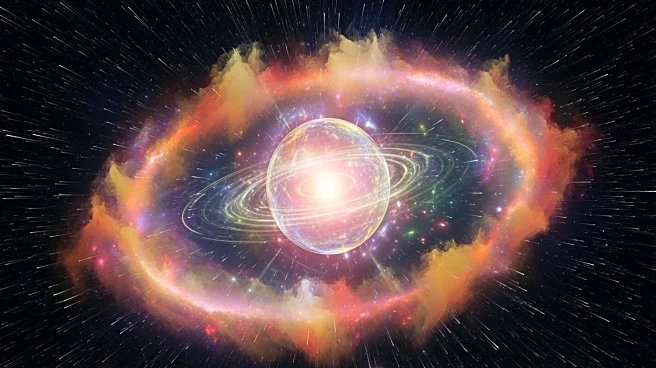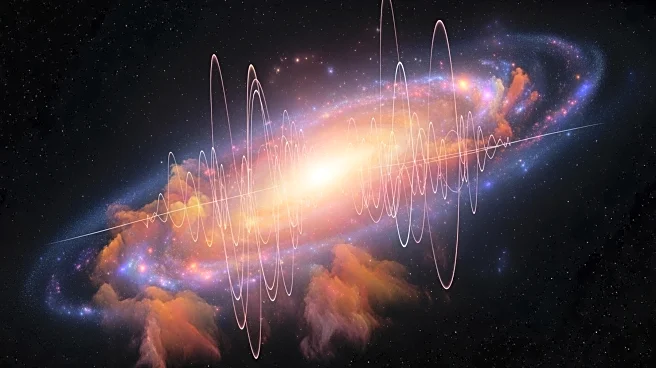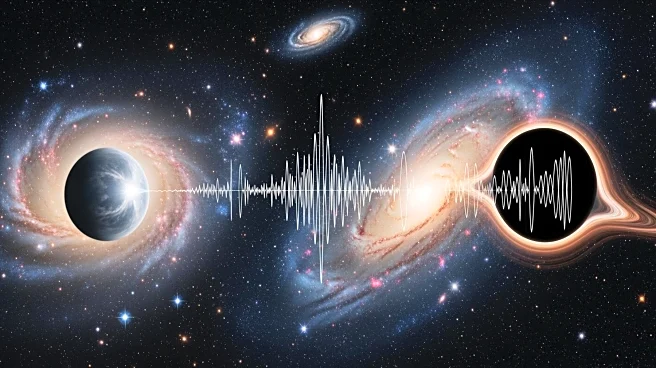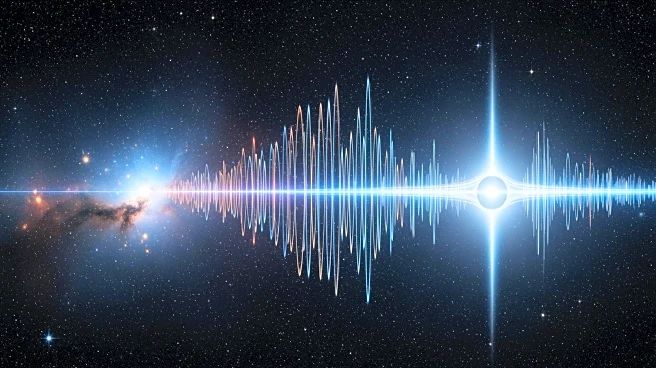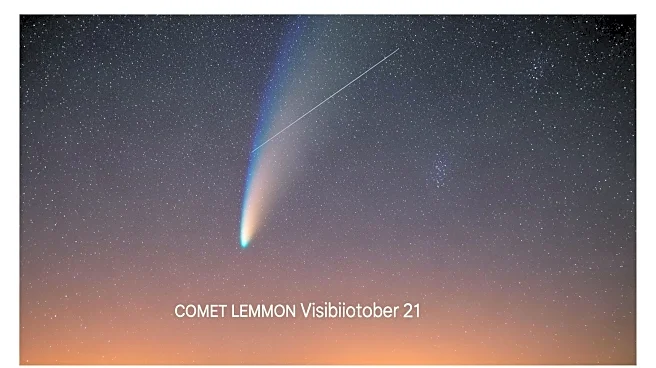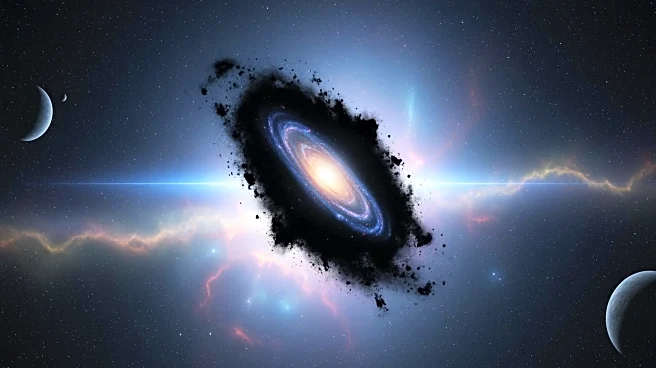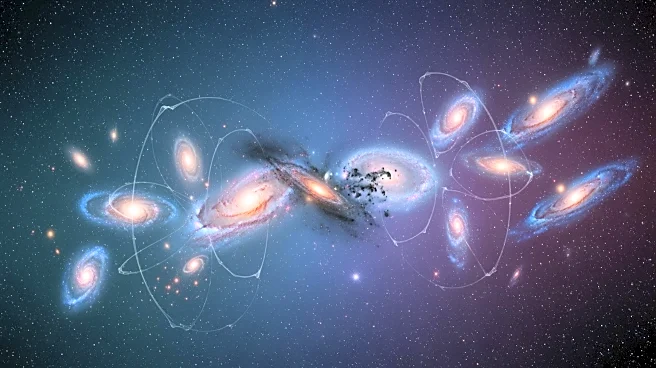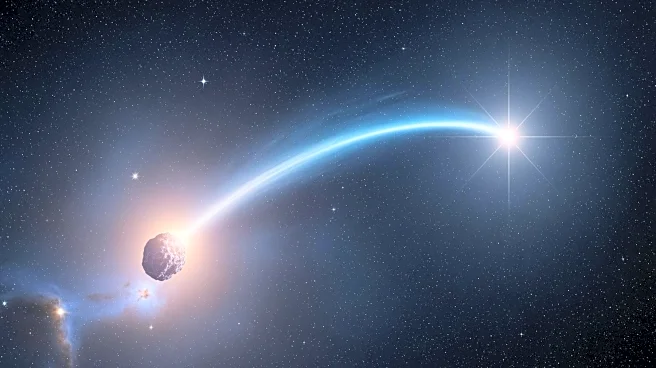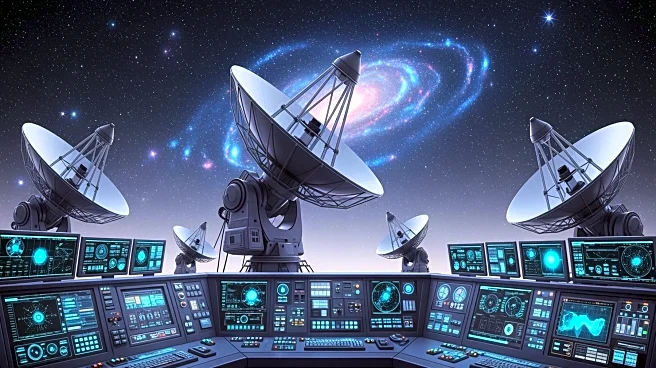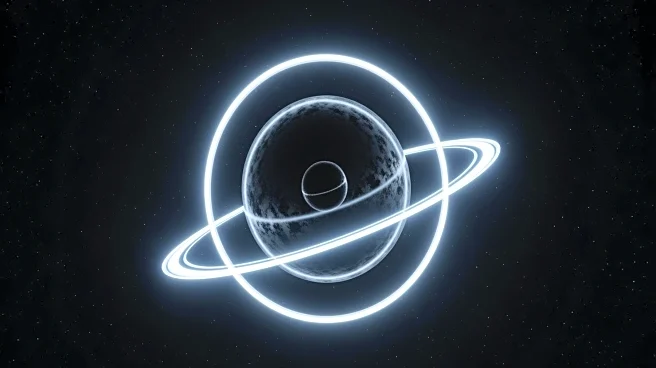What's Happening?
A recent study published in Physical Review Research introduces a new model that challenges the traditional inflation theory regarding the universe's origins. Scientists from Spain and Italy have proposed
that gravitational waves, predicted by general relativity, may be the driving force behind the universe's formation. This model suggests that these waves could have given rise to galaxies, stars, planets, and life on Earth, offering a simpler explanation than the inflation model, which relies on several interconnected variables. The researchers link their idea to De Sitter space, a mathematical construct named after Dutch mathematician Willem De Sitter, who worked with Albert Einstein in the 1920s. Dr. Raúl Jiménez, a co-author of the study, emphasizes the simplicity and verifiability of the proposal, which does not add speculative elements but demonstrates that gravity and quantum mechanics may suffice to explain the cosmos's structure.
Why It's Important?
This new model could significantly impact our understanding of the universe's origins, potentially shifting the scientific consensus away from the inflation theory. If gravitational waves are indeed the primary force behind the universe's formation, it could lead to new avenues of research and exploration in cosmology and physics. The implications extend to how scientists approach the study of cosmic events and the tools they use to detect gravitational waves. This could also influence educational curricula and public understanding of the universe, as simpler models are often more accessible to non-specialists. The study's findings may inspire further research into the role of gravity and quantum mechanics in cosmic evolution, potentially leading to breakthroughs in theoretical physics.
What's Next?
The study opens the door for further research into the role of gravitational waves in the universe's formation. Scientists may focus on developing more sensitive instruments to detect these waves and explore their origins from cosmic events like supernovae and merging black holes. The model's simplicity could encourage more experimental and observational studies to verify its predictions. As the scientific community evaluates this new approach, debates and discussions are likely to arise, potentially leading to revisions in existing theories and models. Researchers may also explore the implications of De Sitter space in other areas of physics and cosmology, seeking to understand its broader impact on the universe's structure.
Beyond the Headlines
The study's proposal to use gravitational waves as a simpler explanation for the universe's origins highlights the ongoing quest for understanding complex cosmic phenomena. It underscores the importance of revisiting established theories with fresh perspectives and innovative approaches. The model's reliance on gravity and quantum mechanics may prompt ethical discussions about the allocation of resources for research in fundamental physics, as simpler models could reduce the need for costly experiments. Additionally, the study may influence cultural perceptions of science, encouraging a view of the universe as an interconnected system governed by fundamental forces, rather than a collection of isolated phenomena.
